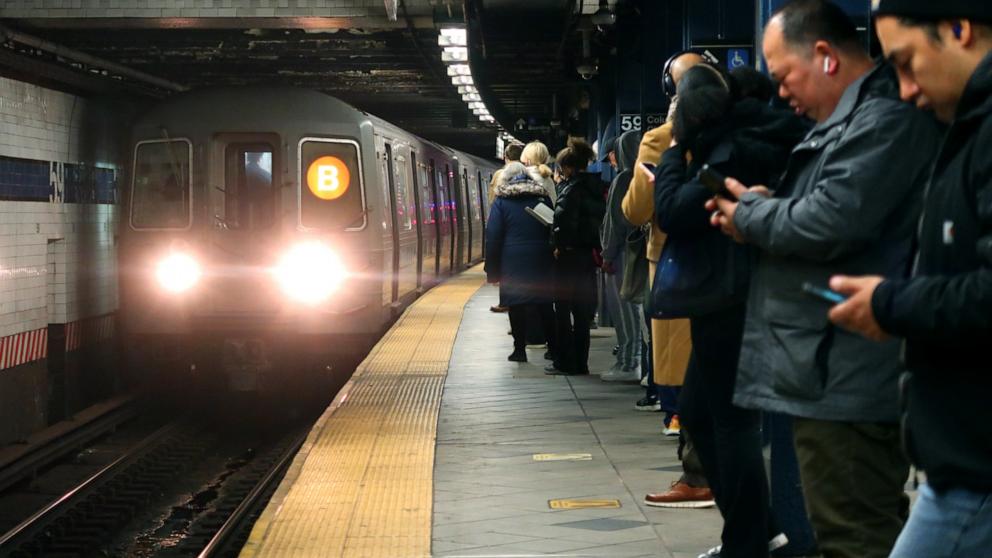The best place to begin, as they say, is at the beginning.
President
Donald Trump lost the 2020 election. He refused (and still refuses) to accept that loss, claiming that the election had somehow been stolen and grasping at anything that might even hint that this was true. Many or most of his supporters believed him.
 Get the latest election news and results
Get the latest election news and results
By mid-December of that year, his available options had narrowed. States finalized their electoral votes and submitted them to Washington on Dec. 14. So, a few days later and after meeting with his advisers, Trump summoned his supporters to a rally in the capital on
Jan. 6, pledging that it would “be wild.”
Skip to end of carousel
Sign up for the How to Read This Chart newsletter
Subscribe to How to Read This Chart, a weekly dive into the data behind the news. Each Saturday, national columnist Philip Bump makes and breaks down charts explaining the latest in economics, pop culture, politics and more.
End of carousel
Tens of thousands came. Trump urged them to march to the Capitol to protest the counting of those electoral votes. Thousands did. A riot ensued.
What happened on Jan. 6, 2021, is because of Trump, full stop. That’s different than saying “Donald Trump told people to riot” because, while he assembled the crowd and stoked its fury that day, he didn’t tell his supporters to do what they did. But if perhaps he hadn’t stoked them and particularly if he hadn’t assembled them and
certainly if he hadn’t lied to them about the election, there’s no riot.
ADVERTISING
Because Trump bears the blame, he and his supporters have looked for alternative explanations. In the hours after the riot, some of them latched onto the idea that the violence — which unfolded at multiple locations around the building — had been driven by leftist agitators. This was obviously baseless and got no traction. So Trumpworld turned to another of its favorite bêtes noires, the government itself.
🏛️
Follow Politics
For example, Trump allies, including Tucker Carlson, claimed that a man named Ray Epps was involved in triggering the violence, at times claiming that he was working for the government. Epps, a Trump supporter, had
no link to the government and
did not encourage violence on Jan. 6.
The Epps allegation presented a weakness for the conspiracy theorists: It could be falsified. So the most popular story became a nebulous one, that government actors were seeded in the crowd and encouraged the riot to unfold.
We should again stop and note that this explanation is not needed.
Consider
Dominic Pezzola, a member of the Proud Boys who was filmed smashing a window at the Capitol and who was one of the first people inside the building. During 2020, the Proud Boys had
increasingly centered their actions around Trump and stood ready to back his efforts to retain power. They (and other groups, such as the Oathkeepers) had
planned for and discussed violence at the Capitol well before Jan. 6; in fact, several Proud Boys had
engaged in violence after a pro-Trump rally in D.C. the month before.
These people needed an FBI agent to tell them what to do? Not that there was any reason for the FBI to
want to create a riot. If the bureau’s leaders disliked Trump (even though the FBI director was appointed by him), they only had to wait two weeks for him to be out of office.

 abcnews.go.com
abcnews.go.com


 Get the latest election news and results
Get the latest election news and results


